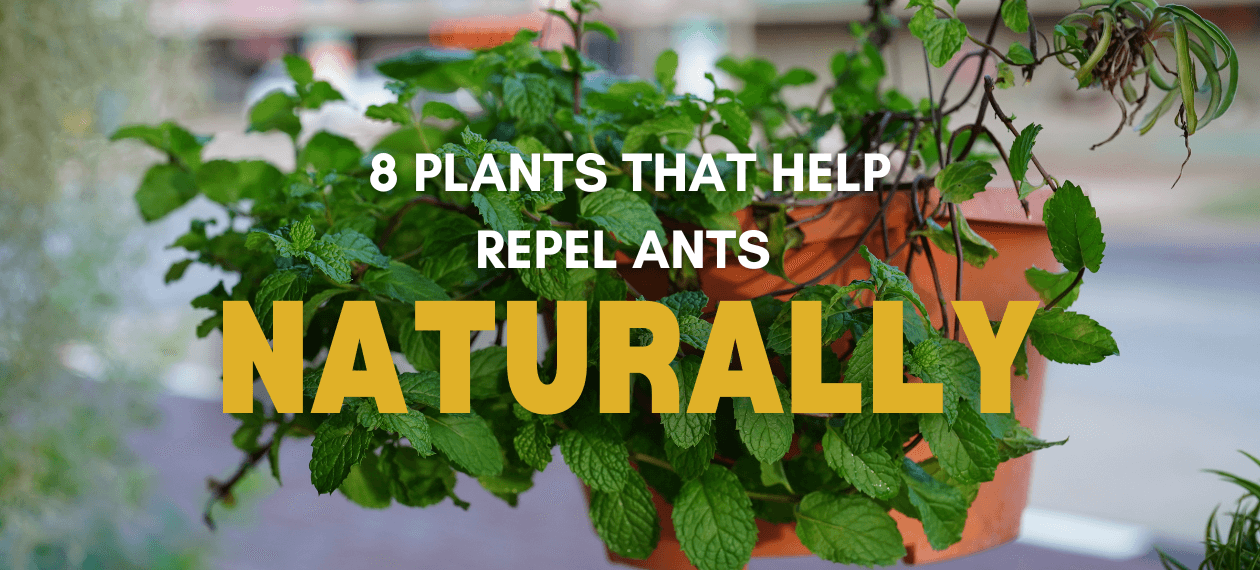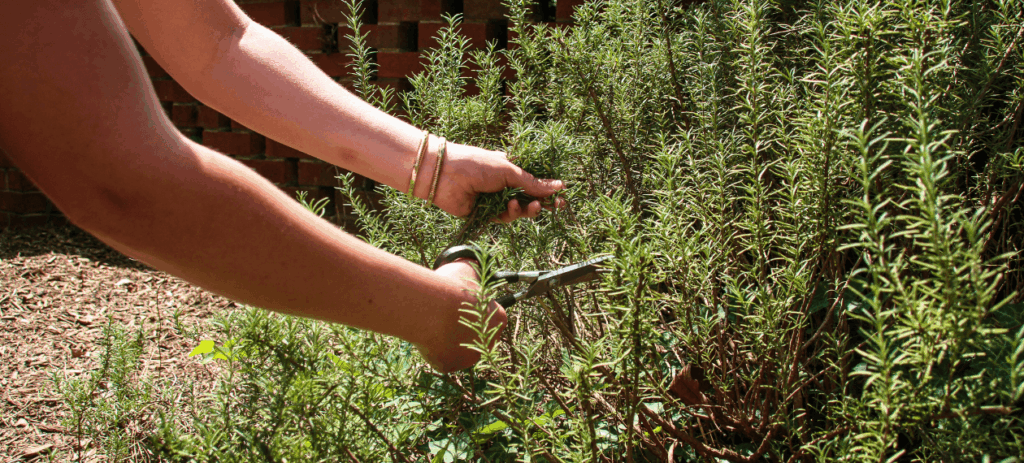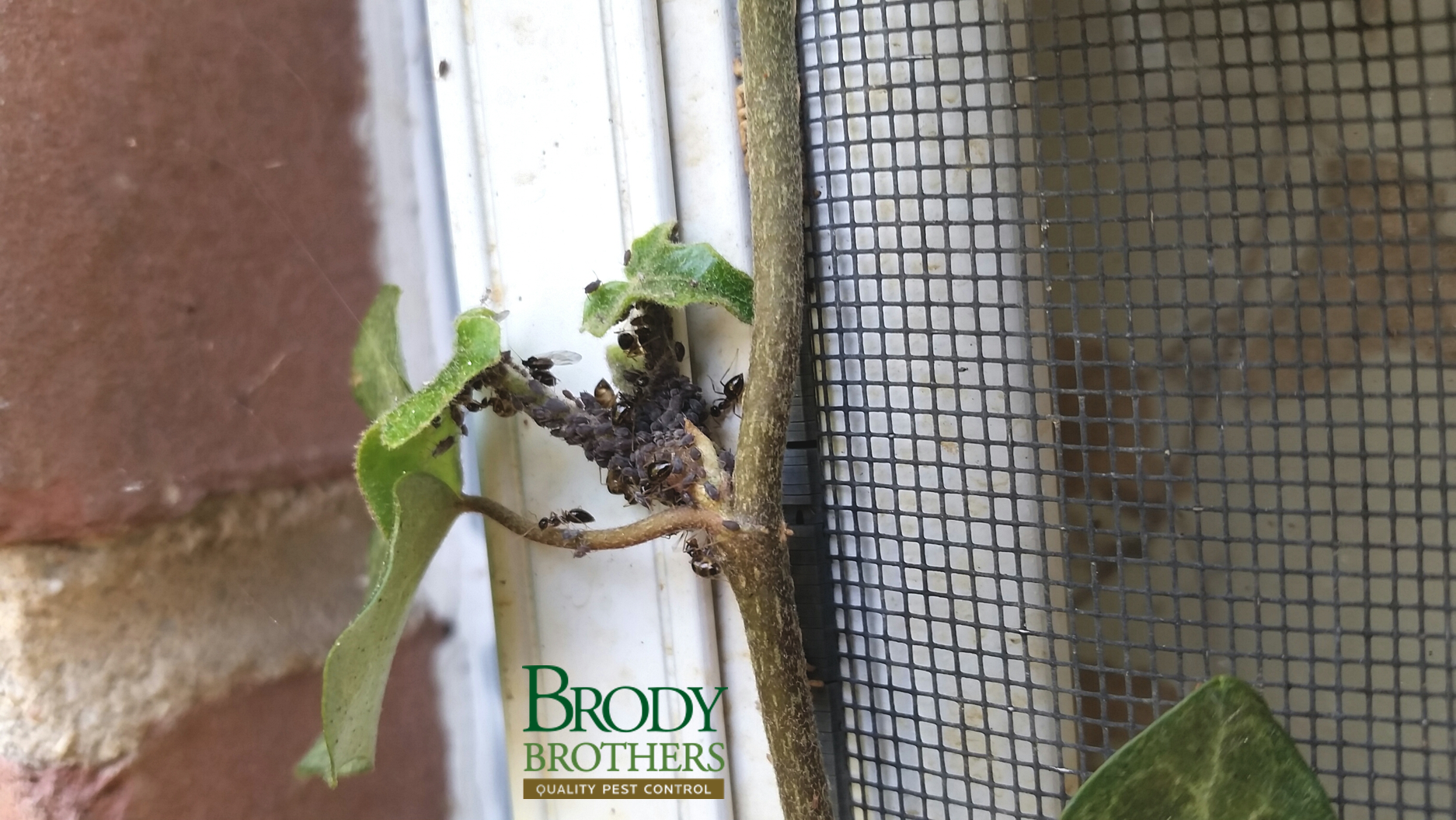
Ants creeping into your kitchen, trailing along your porch, or nesting in your flower beds? You’re not alone. In the Baltimore area, ant activity spikes by over 60% during spring and summer. While professional pest control is the most effective solution, many Maryland homeowners ask us:
“Are there plants that repel ants?”
The answer: Somewhat. Certain plants produce natural oils and aromas that can help disrupt ant trails and discourage them from entering your space—but they won’t stop an infestation on their own. Still, if you enjoy gardening or want to layer your home protection, these 8 plants are great choices for complementary ant deterrents.
🌱 8 Practical Plants That Help Repel Ants Naturally in Maryland
These herbs and flowers can be useful tools—especially when crushed or planted strategically near entry points. All are region-friendly and safe for local gardens.
1. Peppermint

- Why It Works: Strong menthol scent masks ant pheromone trails.
- Best Use: Pots near doors, windows, or patios.
- Local Tip: Grows easily in containers across Baltimore rowhomes. Keep it in a pot—it spreads fast!
2. Spearmint
- Why It Works: Similar to peppermint but milder, still repels ants.
- Best Use: Herb gardens or window planters.
- Local Tip: Performs well in shady backyards, especially areas like Towson and Pikesville.
3. Rosemary

- Why It Works: Essential oils confuse scouting ants.
- Best Use: Raised beds, pots near patios or BBQ zones.
- Local Tip: Thrives in full-sun areas like Ellicott City and Owings Mills.
4. Lavender
- Why It Works: Pleasant aroma interferes with scent-tracking ants.
- Best Use: Garden beds, border plants, or dried indoors.
- Local Tip: Homeowners looking for low-maintenance, drought-tolerant options.
5. Bay Leaves (Dried)
- Why It Works: Crushed bay leaves can deter ants indoors.
- Best Use: Pantry corners, behind appliances, or near pet food areas.
- Pro Tip: Replace dried leaves monthly for stronger scent.
6. Thyme

- Why It Works: Contains aromatic compounds that deter ants and other crawling pests.
- Best Use: Along walkways, as ground cover, or near foundations.
- Pro Tip: Try lemon thyme for an extra citrus kick that ants dislike.
7. Catnip
- Why It Works: Contains nepetalactone—an oil more effective than DEET in lab studies.
- Best Use: Grow in containers near doors or patios.
- Warning: Keep away from pets if they react strongly to it.
8. Lemongrass
- Why It Works: Contains citronella, which disrupts ant trails.
- Best Use: Potted near outdoor seating or entryways.
- Pro Tip: Only effective when leaves are crushed or made into oil sprays.
💡 Tip from the Field
Keep planters dry, elevate them off the ground, and avoid overwatering.Even ant-repelling plants can become nesting sites if planters stay moist or unmanaged. Ants love damp, undisturbed soil—especially in potted herbs near entryways.
🚫 What Doesn’t Work (or Doesn’t Belong in Maryland)

Some plant-based ant repellent lists include options that don’t work well here or can even attract pests:
- Garlic: Useful in cooking, but there’s little evidence that simply planting garlic repels ants. Its sulfur compounds only repel insects when crushed or concentrated.
- Eucalyptus: A warm-climate tree that won’t survive Maryland winters. Skip it.
- Pitcher Plants: Carnivorous and fascinating—but not practical for outdoor pest control.
- Pennyroyal: Contains toxic oils; avoid using near pets or children.
Reality Check: Plants Alone Won’t Solve Ant Problems
While these herbs and flowers offer minor deterrence, they can’t eliminate ant colonies or stop indoor infestations.
To truly get rid of an ant infestation:
- Seal cracks and gaps
- Keep food tightly stored
- Eliminate moisture sources
- Schedule regular professional treatments
Final Takeaway
Gardening with pest-repelling plants can be a fun and natural layer of protection—but don’t rely on them alone. Pairing these plants with Brody Brothers’ expert ant control services gives you the most reliable, long-term defense.
👉 Schedule Your Free Ant Inspection Today
Brody Brothers Pest Control – Protecting homes across Baltimore, Towson, Columbia, and beyond.

